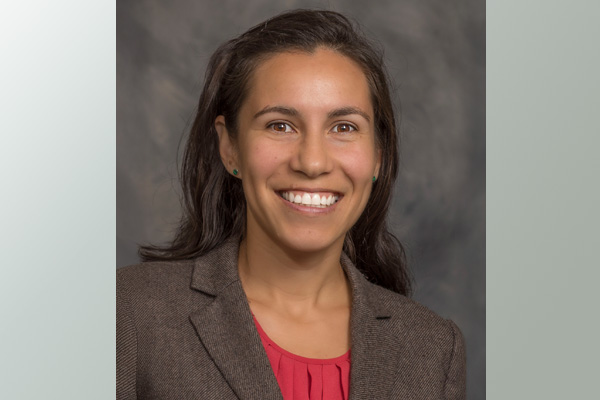Medical Student's Reseach Shows Significant Disparities in Access to Pediatric Trauma Centers
December 27, 2022

Health & Wellness Tips
Related News
Back to Top







